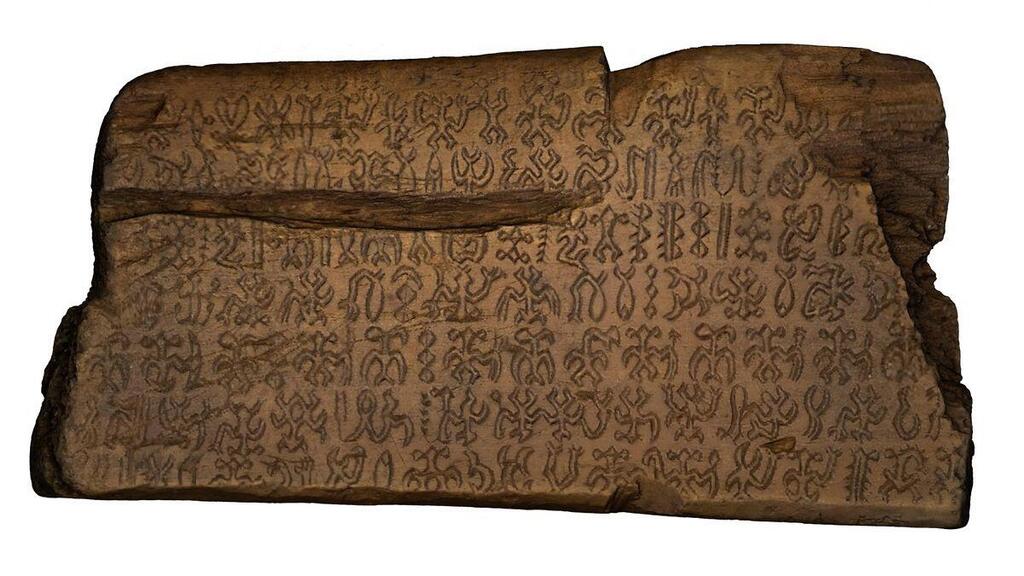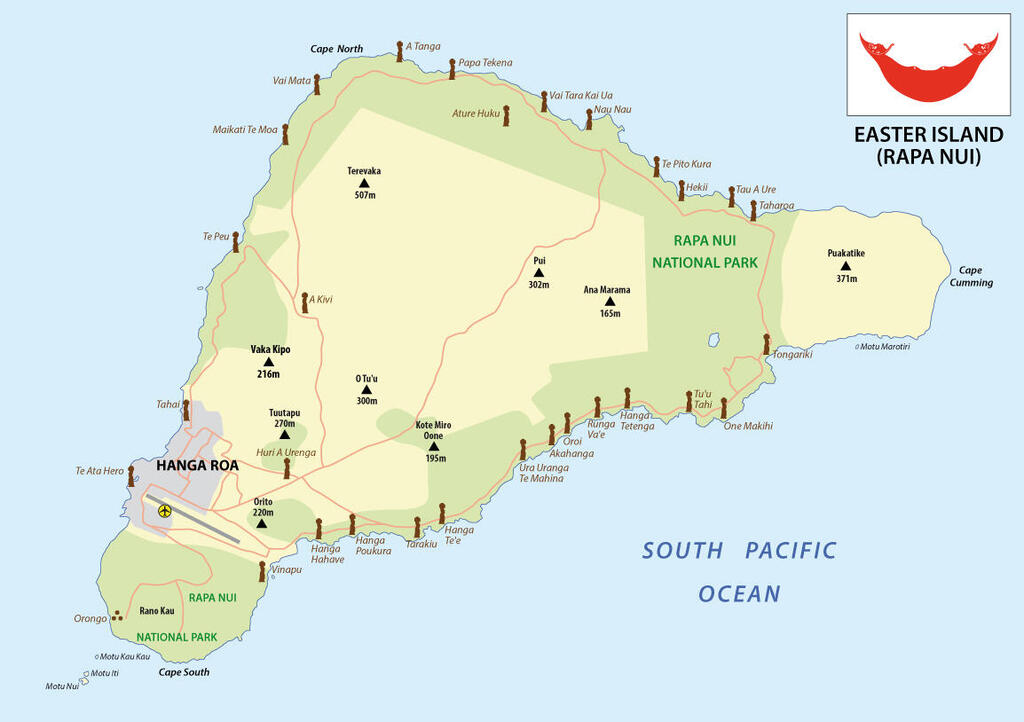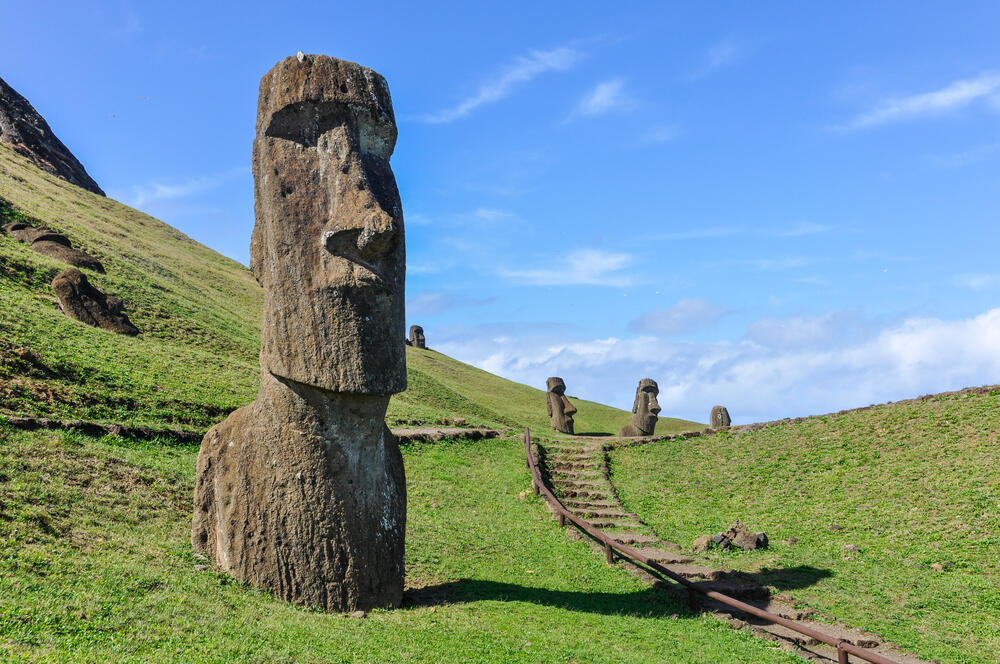Getting your Trinity Audio player ready...
A wooden tablet with indigenous Easter Island Rongorongo script has been dated to before the arrival of the Europeans to the southeast Pacific Ocean. This discovery supports the assumption that the mysterious script is one of the few writing systems in history that were invented independently. It is a script that includes glyphs of humans, animals, body parts, astronomical shapes and everyday objects such as boats, houses, spears and more.
More stories:
The wood from one of four rongorongo tablets dates to between 1493 and 1509, more than 200 years before the first recorded arrival of Europeans on the island in the 18th century, according to research published in the Scientific Reports journal.
3 View gallery


Rongorongo stone tablet dated before European arrival to Easter Island
(Photo: INSCRIBE and RESOLUTION ERC Teams)
Philologist Professor Silvia Ferrara from the University of Bologna, who was part of the research team, said that the findings support that the rongorongo script was invented by the inhabitants of the most isolated inhabited island in the world, and not as a result of European influence. "Historically speaking, if you borrow a writing system, then you keep it as close to the original as possible," Ferrara said.
Rapa Nui, which is located nearly 3,800 kilometers off the coast of Chile, was settled by humans between 1150 and 1280. Although Europeans arrived in the 18th century, they didn't notice the local glyph-based script until 1864, which now exists on only 27 wooden objects, none of which are still on the island. Catholic missionaries took four of these tablets in 1869 and sent them to the bishop of Tahiti, who later sent them to Europe.
Ferrara and her colleagues dated the rongorongo tablets preserved in Rome, and discovered that three tablets were made from trees cut in the 18th or 19th centuries, while the fourth was made from wood cut in the 15th century, meaning its invention and use far preceded the arrival of the Europeans to Easter Island.
Rapa Nui is famous for its many archaeological mysteries, including the giant stone heads known as moai, and many people have tried and failed to decipher the rongorongo script. Ferrara said more than 400 different rongorongo glyphs have been recognized among the roughly 15,000 surviving characters, and none correspond to any other known system of writing.
Rafal Wieczorek, a chemist at the University of Warsaw who was not involved in the latest study but has investigated other rongorongo tablets, said that while the new research isn't conclusive, it is a strong indication that the script was an independent invention, perhaps one of only a handful of times when a writing system had been invented from scratch, without knowledge of other writing systems.
"This is a great development. I actually believe that rongorongo is one of the very few independent inventions of writing in human history, like the writing of the Sumerians, the Egyptians and the Chinese," he said. "But belief is a different thing than hard data … so ideally, we would like to test all the tablets."
First published: 00:08, 02.16.24



